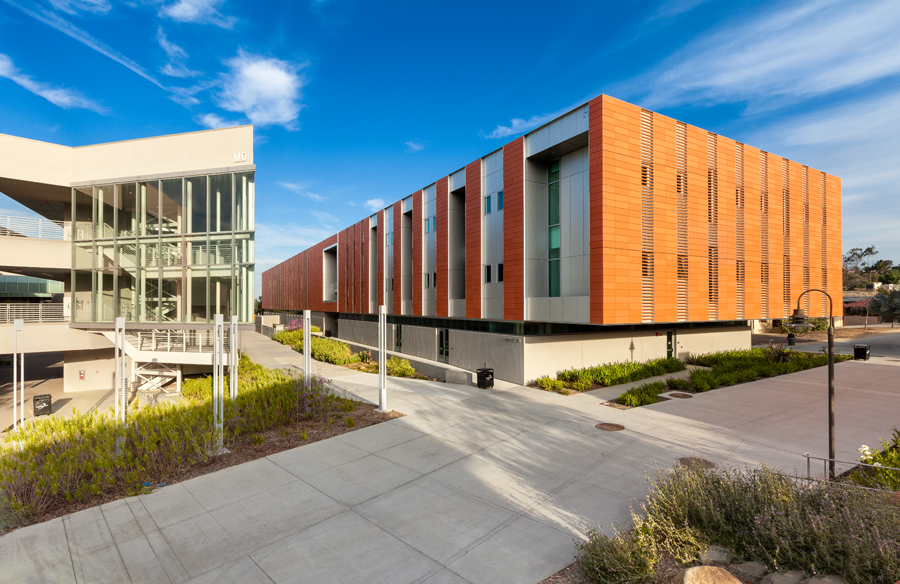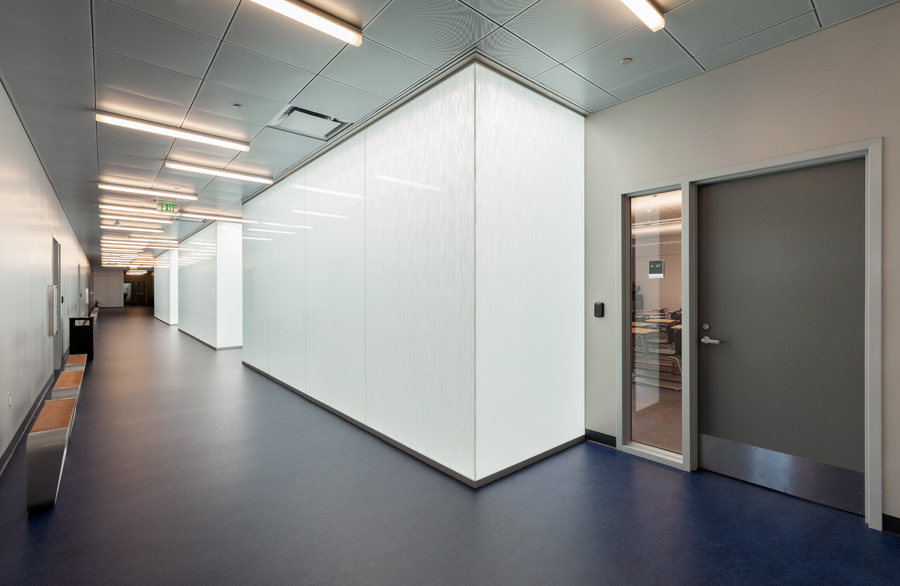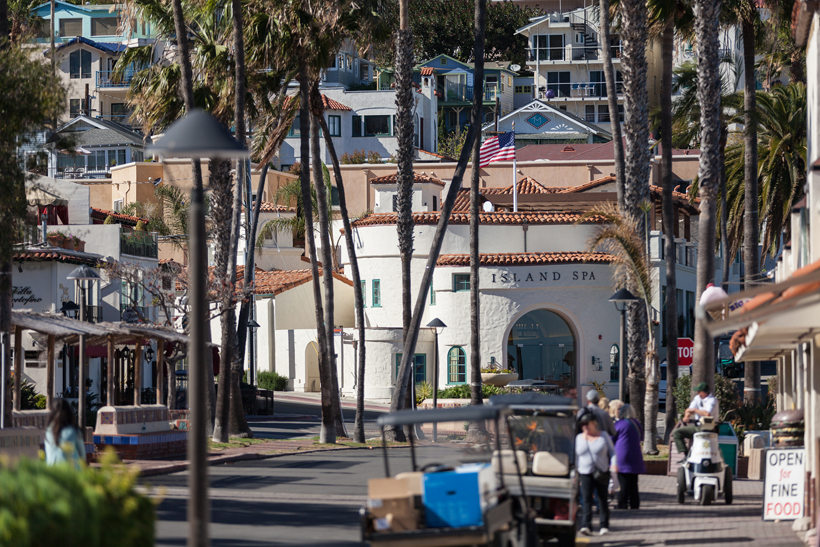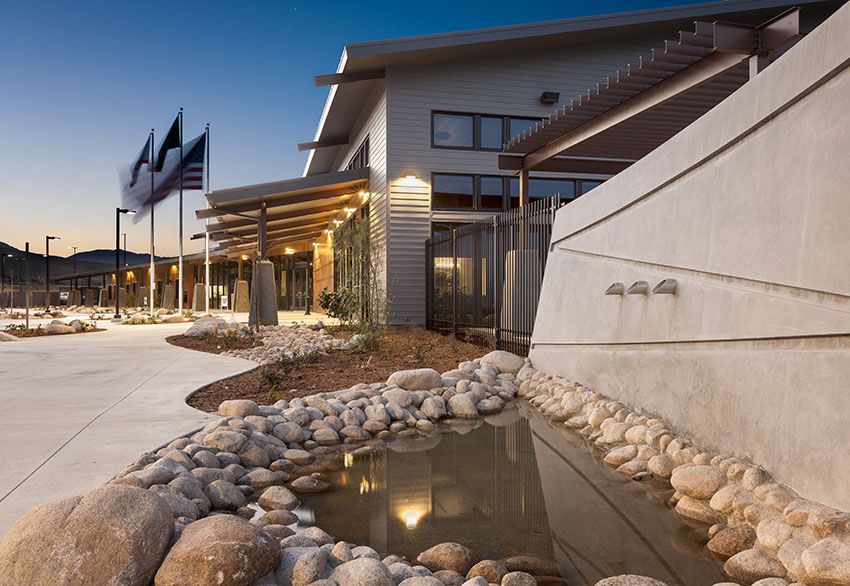What is ISO?
One of the most frequent questions I get about taking quality photographs revolves around ISO. Experienced photographers know all about ISO and its importance in capturing high quality shots while newer shooters might not understand just how important this factor is in producing the best photos possible. To explain what is ISO and why it’s so important it’s best to first fully understand its definition and how it relates to your camera’s ability.
ISO Defined
A lot of photographers assume "ISO" is an acronym, and various online resources may even tell you that it stands for "International Standards Organization." But the truth is that it isn't an acronym and there is no organization by that name!
It’s a setting on your DSLR camera that regulates shutter speed and affects the quality of your images in ways we’ll discuss in just a moment. Your camera’s ISO setting is adjustable and can be switched from a base ISO to a higher range depending on your preference for a given shot. Adjusting the ISO setting will determine how the image sensor within your camera performs. Understanding how to choose an ISO setting will be critical to taking the best photographs.
ISO Settings
First, your camera’s image sensor is the most important feature of all. Image sensors are what determines the quality of the photographs you are able to take using your camera. The best way to evaluate a camera’s capability heavily surrounds the quality and capability of its image sensor. Keep in mind, the camera’s image sensor has one job: to capture the light necessary to produce the clearest image possible. Less capable image sensors will struggle to produce clean, crisp photographs while better image sensors will excel at producing high quality shots especially in low-light conditions. The critical trait of an image sensor is time. The amount of time necessary to gather enough light to produce a quality image is what separates an average image sensor from an extraordinary one. Similarly, setting your ISO properly can make the difference between getting the perfect shot or one that is awash with noise and motion blur.
Choosing an ISO Setting
ISO settings range from low (100-200) to quite high (1600 and above) and as you increase the ISO setting you increase the image sensor’s sensitivity to light.
So, which ISO setting is best for you?
The answer depends on a few conditions. Lower ISO settings reduce your ability to capture sharp images of moving objects or targets in low light without the use of a tripod. The reason is the sensor is less sensitive to the light available and therefore has to keep the shutter open for a relatively longer period of time in order to gather more light. The result can be a blurred image if the photographer or the subject of the shot moves. A higher ISO setting will allow for taking photos of moving objects but the quicker shutter speed doesn’t allow the sensor the advantage of gathering enough light for a decent photo. Of course, the quality of the image sensor in your camera will determine how much of a trade-off you will make in choosing among your ISO settings. Better image sensors will be able to both capture the necessary light for crisp low-light images while reducing motion blur if you or the subject are in motion.
Image Noise and ISO
Another crucial concern for setting your ISO to the optimal setting is image noise. Noise is a characteristic of an image that makes the photo appear grainy. That grainy look is due to the increased sensitivity to light of a higher ISO setting. The concern for image noise means that you cannot simply set your ISO to the highest setting and hope to capture the best photographs possible. The challenge is to use a DSLR with a quality image sensor and take photographs using an ISO setting that both captures enough light to produce a worthy image and reduces or eliminates the grainy or noisy result you hope to avoid. You can usually rest with choosing the base ISO for your camera. This setting will produce rich colors and sharp images in most controlled conditions. When shooting a subject that is fast-moving or in low light without the aid of flash, a higher ISO setting would help in producing a winning shot.

























